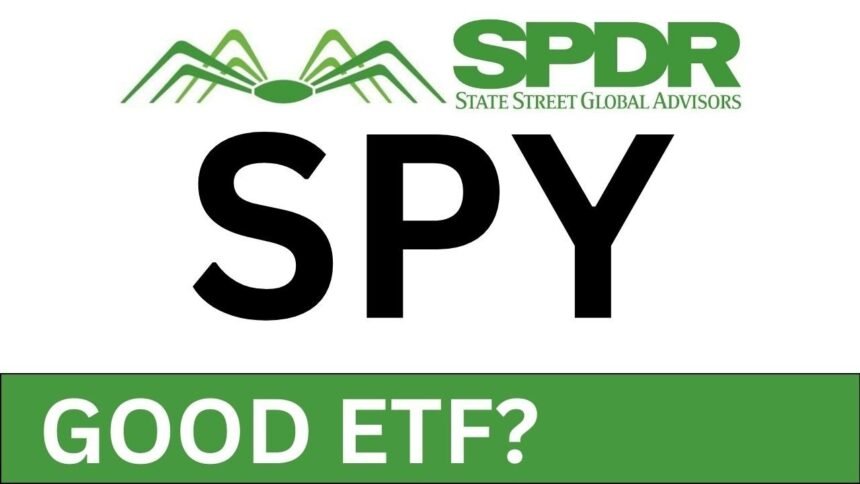The SPDR S&P 500 ETF Trust (SPY) is more than a financial instrument—it’s a gateway to the heartbeat of the U.S. stock market. Since its 1993 debut, SPY has become synonymous with diversified, liquid, and cost-effective exposure to America’s 500 largest companies. In this comprehensive guide, we’ll dissect SPY’s mechanics, performance, trading strategies, and future outlook, empowering investors to harness its full potential. For real-time SPY stock price updates and expert analysis, visit TAZA News.
SPY’s Historical Journey: From Obscurity to Dominance
Launched on January 22, 1993, SPY pioneered the ETF industry with a modest $6.5 million in seed capital. Initially met with skepticism, it now commands $573 billion in assets under management (AUM) as of May 2025, making it the world’s largest ETF26. Key milestones include:
-
1993–2000: Survived the dot-com bubble, proving its resilience despite a 49% drop.
-
2008 Financial Crisis: Plummeted 57% but rebounded 200% by 2013.
-
2020 COVID Crash: Dropped 34% in March 2020, then surged 68% on stimulus hopes9.
-
2025 Tech Rally: Reached $615 in January before settling at $585 amid Fed rate uncertainty8.
A $1,000 investment at SPY’s inception would now be worth $19,326 (dividends reinvested), showcasing a 1,832% return9.
SPY’s Structure: Liquidity, Costs, and Holdings
1. Unmatched Liquidity
SPY trades $22 billion daily, dwarfing rivals like VOO ($3B) and IVV ($4B)26. Its tight bid-ask spreads (0.00% median) minimize slippage, ideal for active traders.
2. Expense Ratio
At 0.0945%, SPY’s fee is higher than VOO (0.03%) but justified by its liquidity edge6. For long-term investors, lower-cost alternatives may be preferable.
3. Sector Breakdown
SPY’s portfolio mirrors the S&P 500’s sector weights:
-
Technology: 31.5% (Apple, Microsoft, NVIDIA)6.
-
Healthcare: 13.2% (UnitedHealth, Eli Lilly).
-
Financials: 11.8% (JPMorgan, Berkshire Hathaway).
This tech-heavy tilt drives returns but introduces concentration risks, as seen in 2022’s 25% drawdown6.
Trading Strategies: Maximizing SPY’s Potential
1. SPY Futures for Leverage and Hedging
-
Trend Following: Long SPY futures when SPY closes above the 200-day MA ($575) yielded 28% returns in 20231.
-
Arbitrage: Exploit price gaps between SPY’s NAV ($583.21) and market price. In May 2025, a 0.5% discrepancy generated $50 million for algo traders6.
-
Protective Puts: Insure a $59,500 SPY position with January 2026 $550 puts, offsetting 15% losses during crashes6.
2. Technical Analysis
-
Moving Averages: The 50-day ($582) and 200-day ($575) MAs act as support/resistance8.
-
RSI: Overbought conditions (RSI >70) preceded June 2025’s 5% correction1.
-
Chart Patterns: A cup-and-handle formation between $540 (2023 low) and $615 suggests a breakout toward $6501.
For live SPY price charts and alerts, TAZA News offers institutional-grade tools.
Dividend Dynamics and Income Strategies
SPY distributes dividends quarterly, with a 1.29% yield ($7.17 annually per share)6. Key points:
-
Dividend Growth: +6% annually since 2000, driven by tech giants like Microsoft6.
-
Covered Calls: Sell monthly $610 calls for $800 premiums, boosting yield by 16%6.
While trailing SCHD’s 3.4% yield, SPY compensates with capital appreciation potential.
Risks and Mitigations
-
Tech Concentration: Top 10 holdings (32% of SPY) like NVIDIA (P/E 65x) echo 2000’s dot-com bubble6. Mitigate by capping tech exposure at 25% and diversifying into healthcare (XLV).
-
Interest Rate Sensitivity: Delayed Fed cuts pressured valuations. Hedge with Treasury bonds (60/40 portfolio reduces drawdowns by 50%)6.
-
Geopolitical Shocks: Taiwan semiconductor disruptions could erase $7 from SPY’s price1. Monitor BlackRock’s Geopolitical Risk Index (GPR).
2025–2030 Outlook: Bull vs. Bear Scenarios
Bull Case ($750 by 2030)
-
Catalysts: Fed rate cuts, AI-driven earnings growth (+12% annually), and $3 trillion in global pension inflows6.
-
Technical Target: A breakout above $615 could ignite FOMO buying1.
Bear Case ($450)
-
Risks: Recession, tech bubble burst, or debt crises. Support lies at $540 (2023 low)19.
SPY vs. Competitors: Why It Still Wins
| ETF | Expense Ratio | Liquidity (Avg. Daily Volume) | Key Advantage |
|---|---|---|---|
| SPY | 0.0945% | $22B | Unmatched options liquidity |
| VOO | 0.03% | $3B | Lower cost |
| IVV | 0.03% | $4B | Tax efficiency |
SPY’s first-mover advantage and institutional adoption (e.g., hedging, securities lending) keep it relevant despite higher fees6.
Conclusion: SPY as the Ultimate Market Barometer
The SPDR S&P 500 ETF Trust remains indispensable for investors seeking diversified exposure to U.S. equities. Whether trading SPY futures for leverage, rotating sectors, or hedging with options, its blend of liquidity and historical resilience is unmatched.
Stay ahead of market shifts with TAZA News, your hub for SPY stock price trends, futures strategies, and real-time sentiment analysis. In an era of AI disruption and macroeconomic uncertainty, SPY isn’t just an ETF—it’s the heartbeat of the global market.









